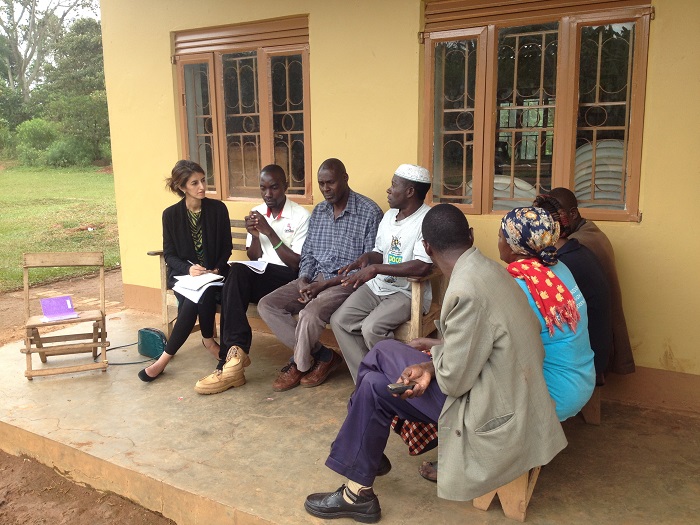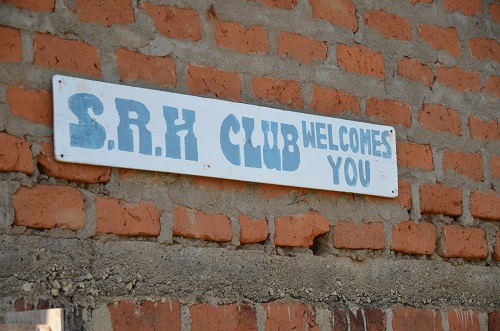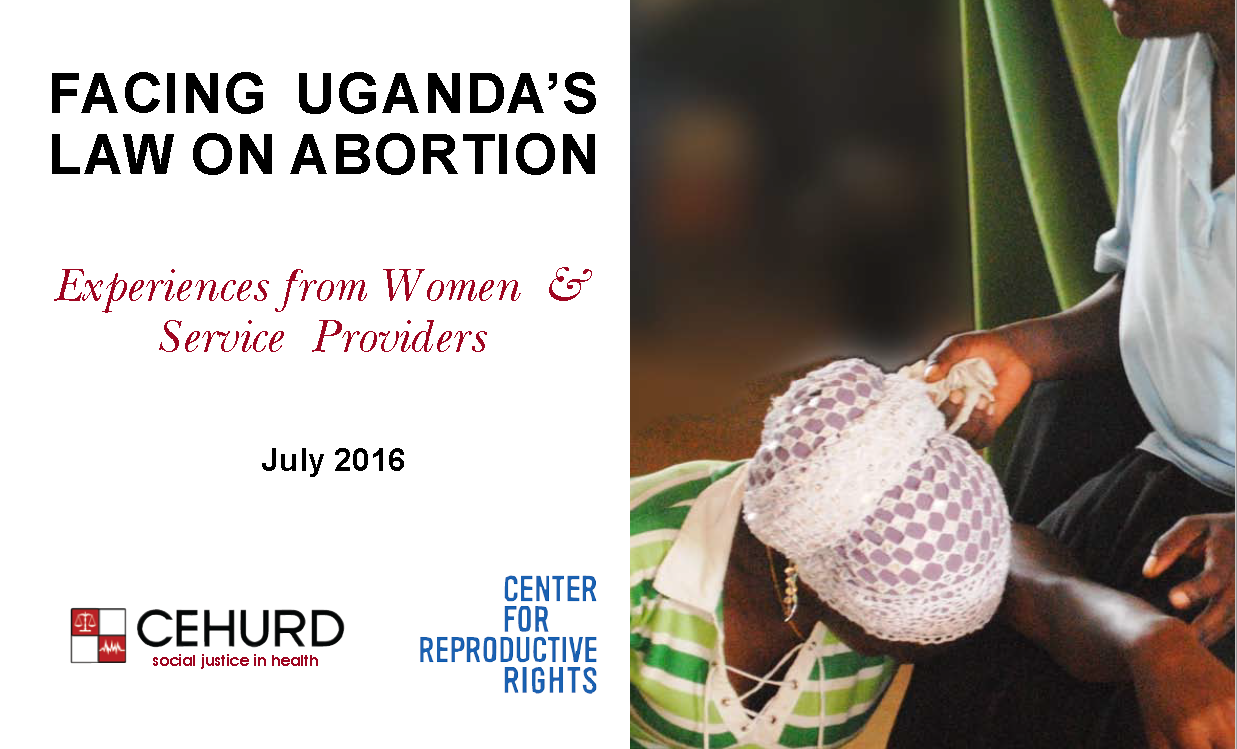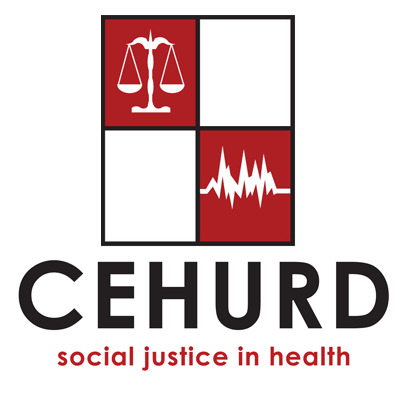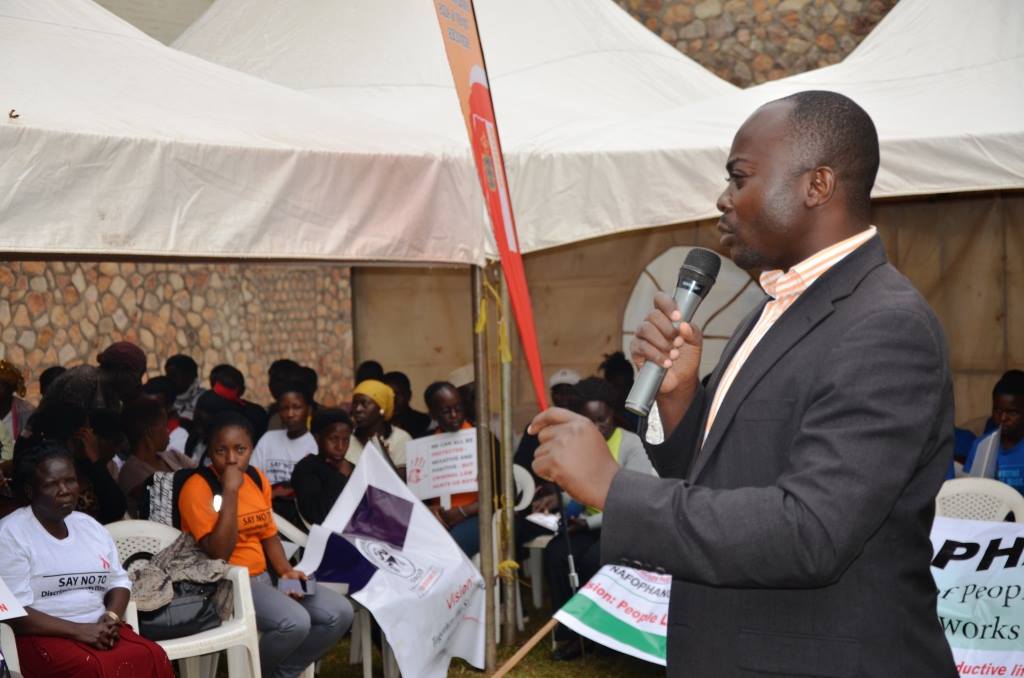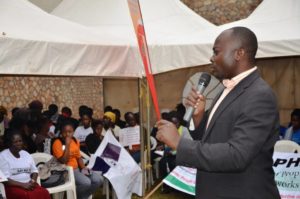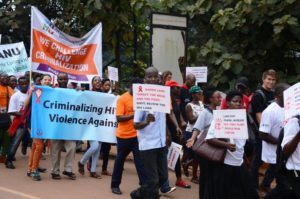In the recent years, Monitoring and Evaluation (M&E) has become a critical concept in planning, implementation and tracking progress of implemented activities. Even internationally, donors and other partners have increasingly become interested in participatory M&E approaches not only as tools for ensuring value for money, but also as an assessment tool for evaluating impact of the projects and in setting priority areas for funding where impact has been realized.
The Safe Abortion Action Fund (SAAF) program set out to evaluate it’s 3rd Round of funding that had been given to organizations in different countries. From these organizations, the most successful projects were to be evaluated to guide SAAF in choosing priority areas whilst structuring the 4th Round of funding and as one of the 3rd Round grantees, CEHURD was selected to evaluate its project titled, “Clarifying Uganda’s Legal and Policy Environment on Abortion”
After reviewing and compiling available literature on the project, the consultants set out to interact with the different partners that have in one way or the other impacted or contributed to the project as it was implemented in joint control with national and local authorities: Ministry of Health, Ministry of Justice and Constitutional Affairs, Manafwa district Health Office and District Police Office and professional actors: Legal Support Network (LSN), Association of Obstetricians and Gynecologists of Uganda (AOGU), civil society networks: Coalition to Stop Maternal Mortality from Unsafe Abortion (CSMMUA), Community Health Advocates in Buikwe and School health clubs in Manafwa, etc.
From the evaluation, it came out strongly that there is a significant divergence in what is considered monitoring and evaluation and what monitoring and evaluation actually is; especially when it comes to the impact of the work CEHURD has done in the communities. It also came to our attention that the community and different stakeholders view CEHURD as an authority on health and human rights and in litigating health rights in Uganda – in relation to the cases before court on health rights. In another community where health clubs were established in schools, the clubs grew to hold weekly debates on prevention of unintended pregnancy and as a result, there had been a 50% reduction in teenage pregnancies in the school and this was a result of an initiative we championed.
This evidence challenged us to revisit M&E, not from the perspective we have understood it- in terms of realizing indicators and objectives, but rather assessing the change created as a result of the initiatives established. There has been undoubted growth in appreciation of M&E as an institution, and the only question is, are we missing the point of M&E in tracking change realized as a result of the programs implemented or can we use it to do more? There is need for further exploration and appreciation of M&E can indeed support valuable cross learning from CEHURD and the local communities.

